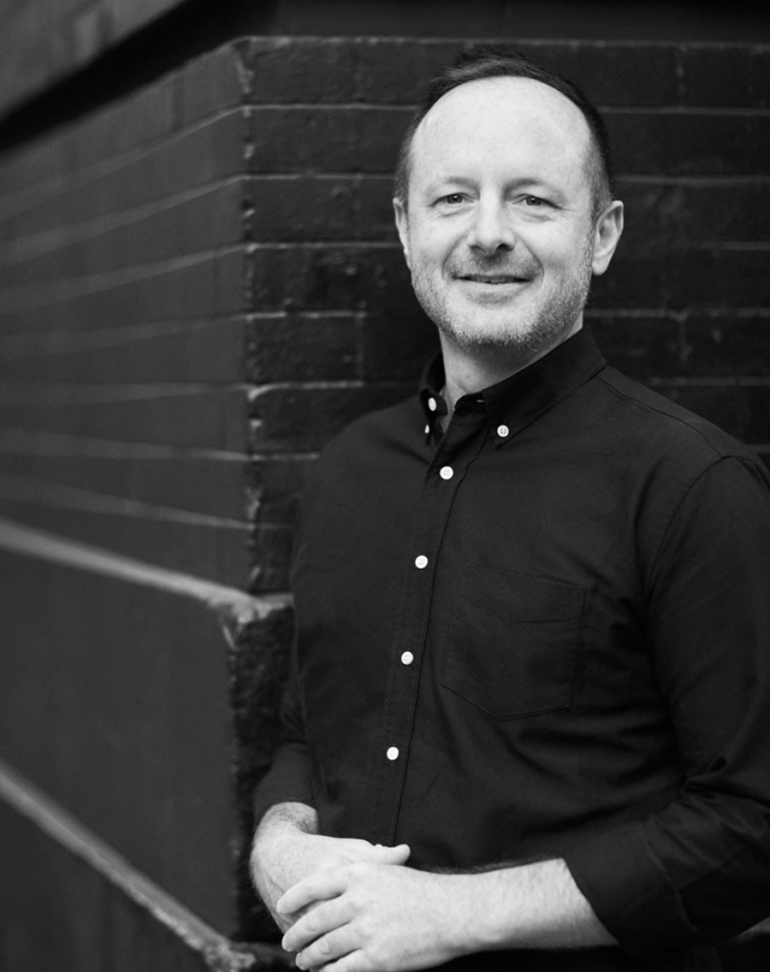SMPL Q&A is a blog feature, in which we interview our experts on all things relevant to brand experience and design. Recently, we spoke with Bret Hansen, creative director, about process, design and strategy, and how they intersect.
Often strategy and design are viewed as separate processes executed in consecutive steps. Here at Siegel+Gale we believe both works in parallel to meet the client needs. How does one influence the other and can you give an example?
Each work stream certainly has its own ways of doing things—but when the two come together, that’s when great things happen. We’re in the middle of a rebrand for a large insurance and financial services client and the brand strategy and design teams have worked closely from the start.
By participating in the strategy process for this project from the beginning—which at Siegel+Gale is as exhaustive as it is comprehensive—we on the design side learn a lot about where the client has been and where it wants to go. By the time a project moves into the design phase, we feel we really know the brand on a deep level and have a succinct strategy statement to work with.
Design-led strategies have received a lot of attention over the years. What are the pros and cons of this approach?
In “design-led” approaches, the design process itself becomes the method for developing a strategy. It’s like mapping the territory as you go along — it’s a valid approach and can be beneficial because visual explorations cover a wide territory and the potential for unexpected solutions is increased. The immediate downside: it can take longer to get there, so there’s a trade-off.
Often when re-evaluating brand, design may be treated as a forcing-function (“our logo looks old”). Is the design conversation with key stakeholders an entry point for a broader conversation about brand?
Absolutely. “Looking old” is usually a symptom of a deeper branding problem—so it’s a great opportunity to diagnose. It is a truism that change is constant, now more than ever. Brand managers understand that they need to keep brands relevant, fresh and contemporary and often see design as the first way to do that. However, there’s more to it than launching a new logo. A solid brand strategy ensures that the tools are in place to keep the brand relevant beyond visual expression.
As branding moves away from “words and pictures” to “experiences,” how has the role of design evolved in creating those experiences?
We’ve been thinking a lot recently about motion, so when we present our ideas for a brand identity, we include examples of print and digital applications plus examples of motion, video and digital behaviors. We’re currently working with one of our long-standing tech clients to develop a toolkit of flexible visual assets that explores this idea of movement. By developing principles to guide motion design, we’ve expanded the brand’s vocabulary. It’s exciting to see brands come to life in these new ways.
The move toward branded experiences is really exciting for us. We counsel clients all the time on viewing their brand expression in broad terms—to encompass not only a brand’s visual language and voice but also the principles around how the brand will interact with the world once it is in the market. When tightly integrated, strategy and design can create the building blocks for a truly living brand.
Bret Hansen is creative director at Siegel+Gale. Follow him on Twitter: @nowprojector

